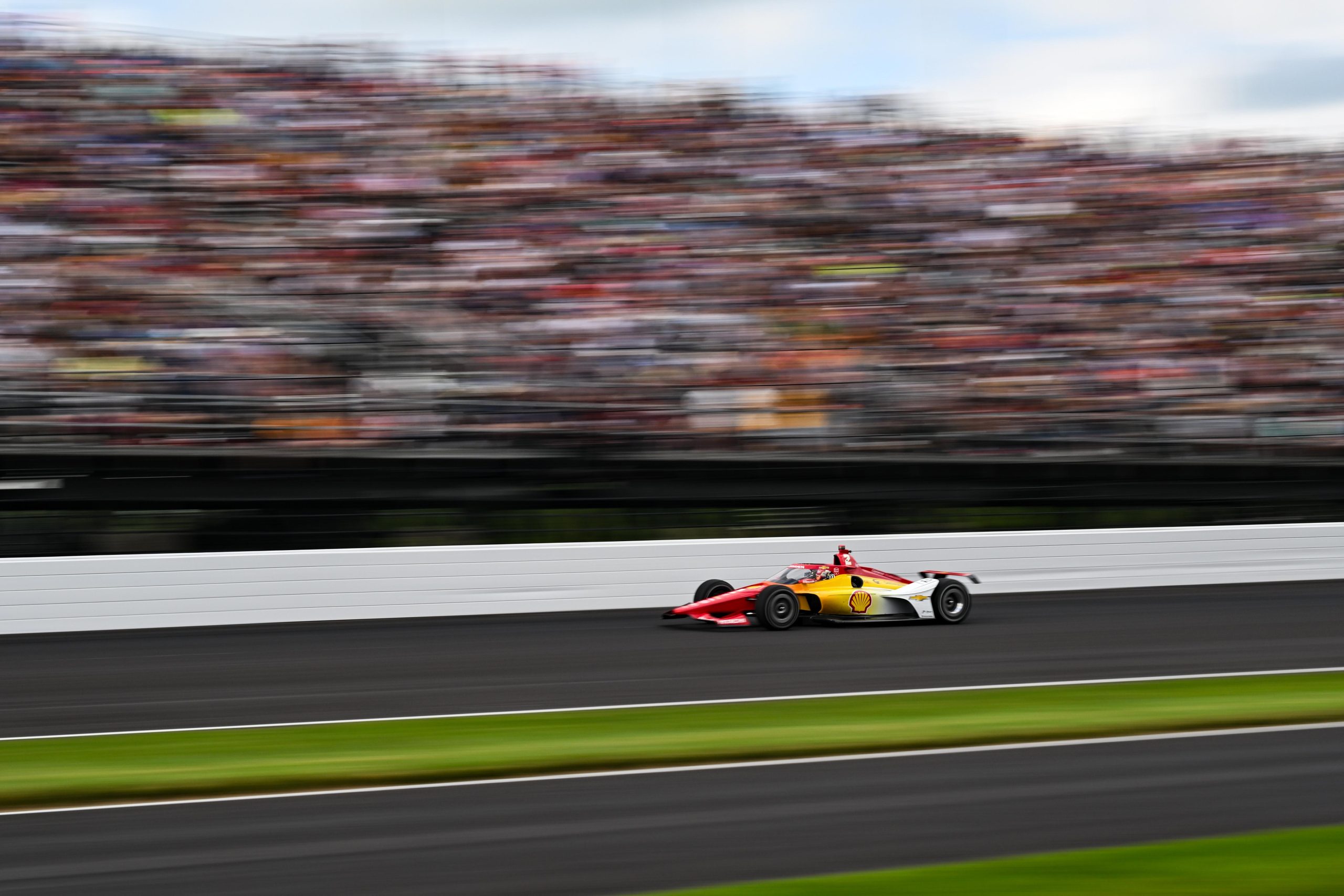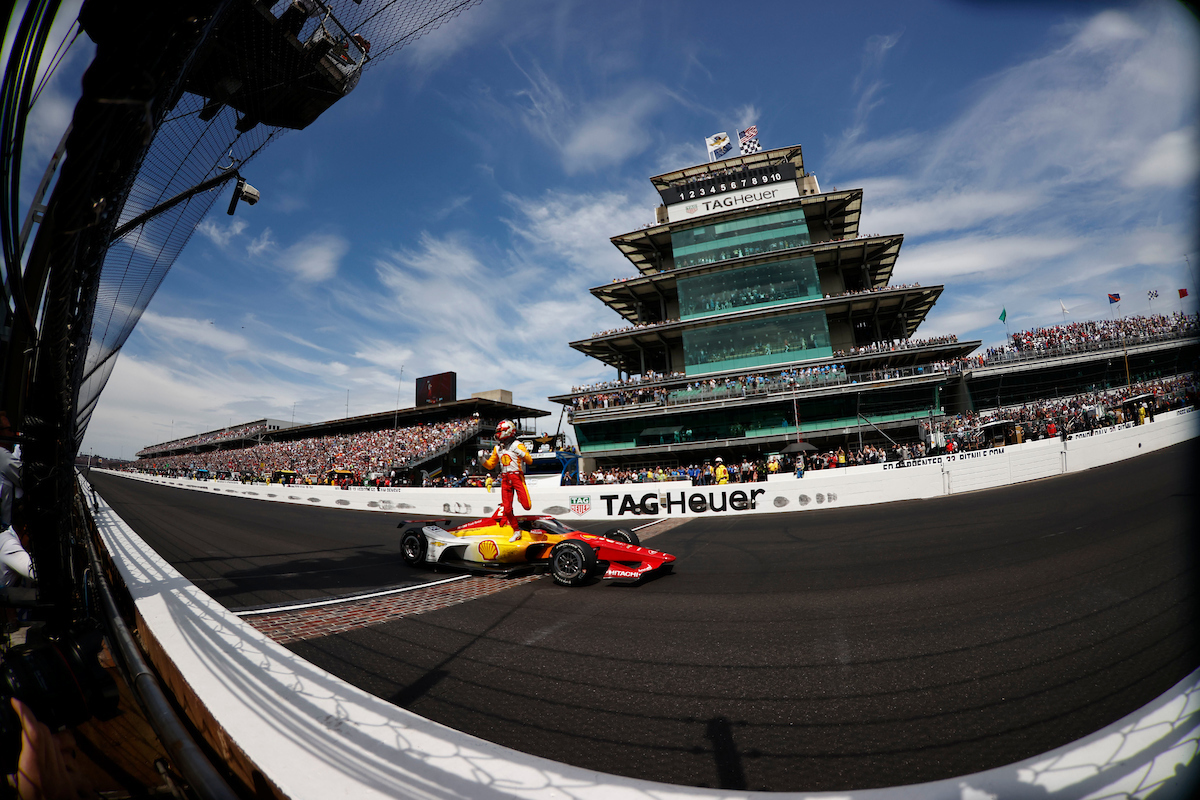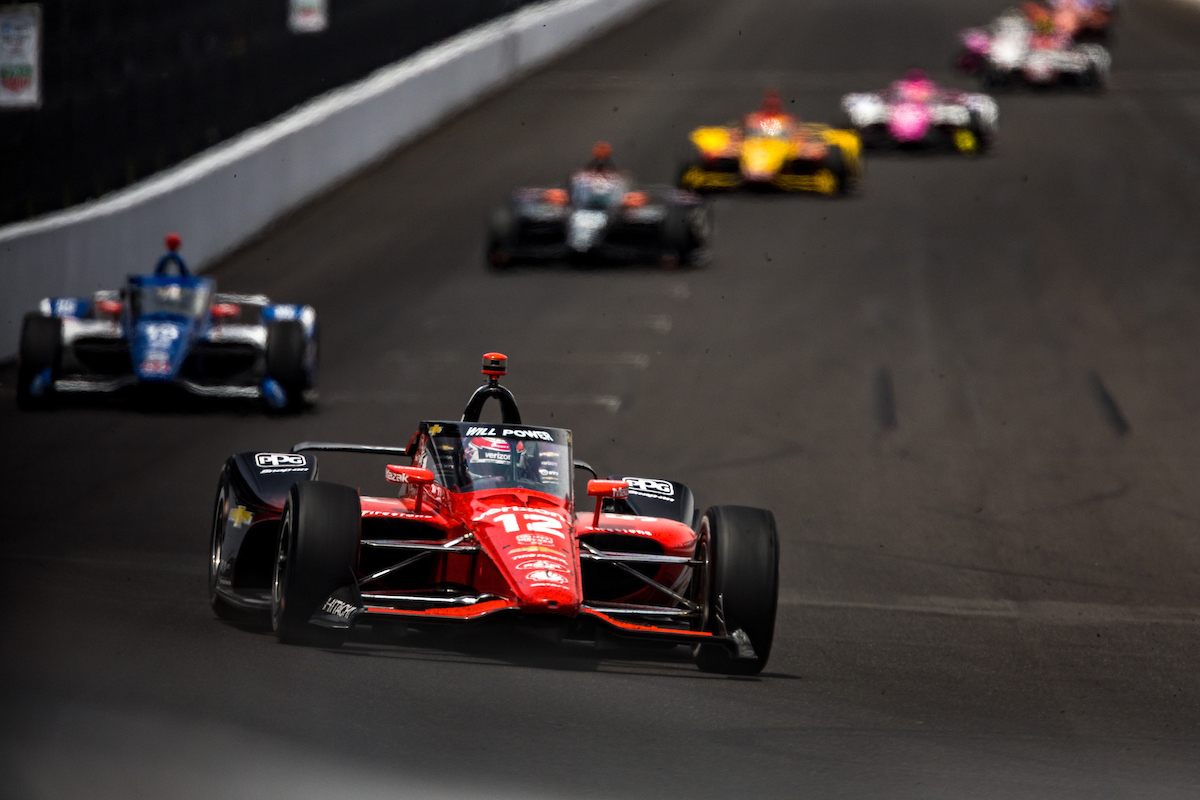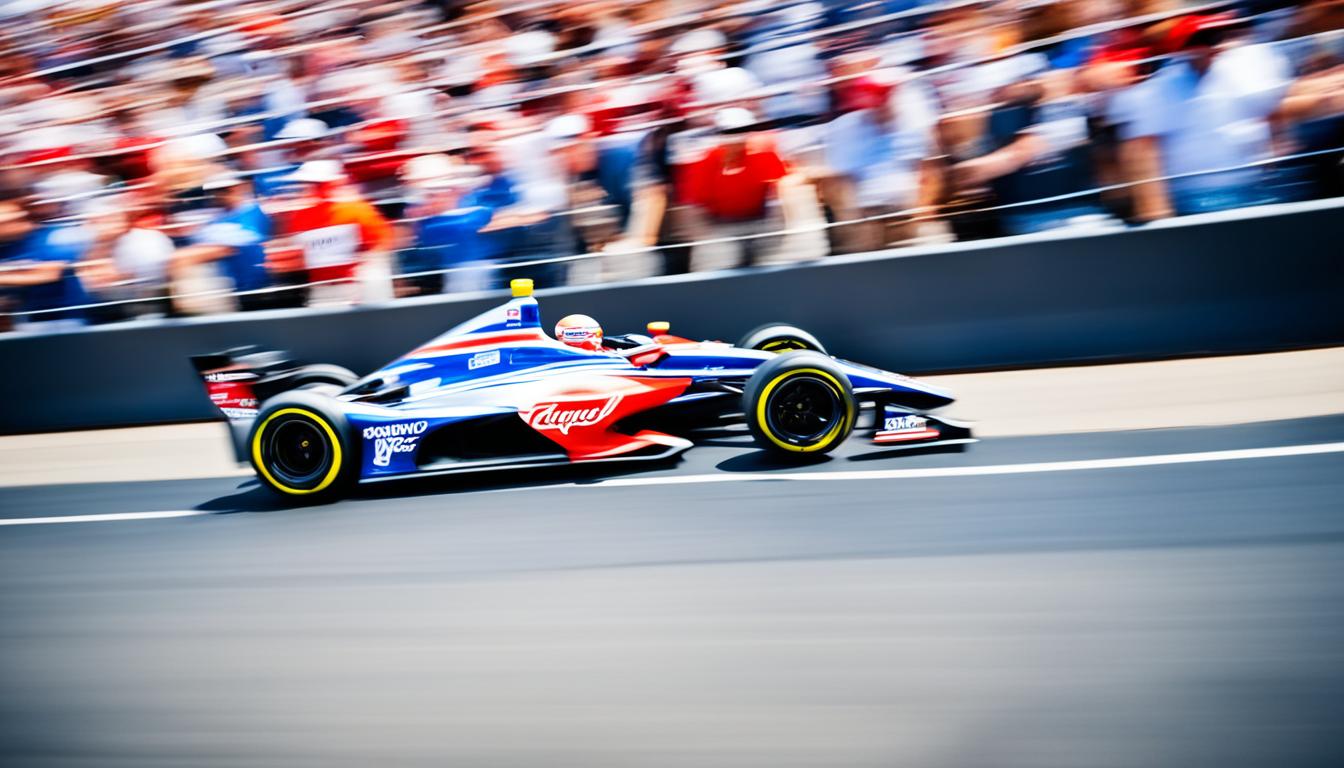IndyCar Pit Stop Strategy Explained Simply

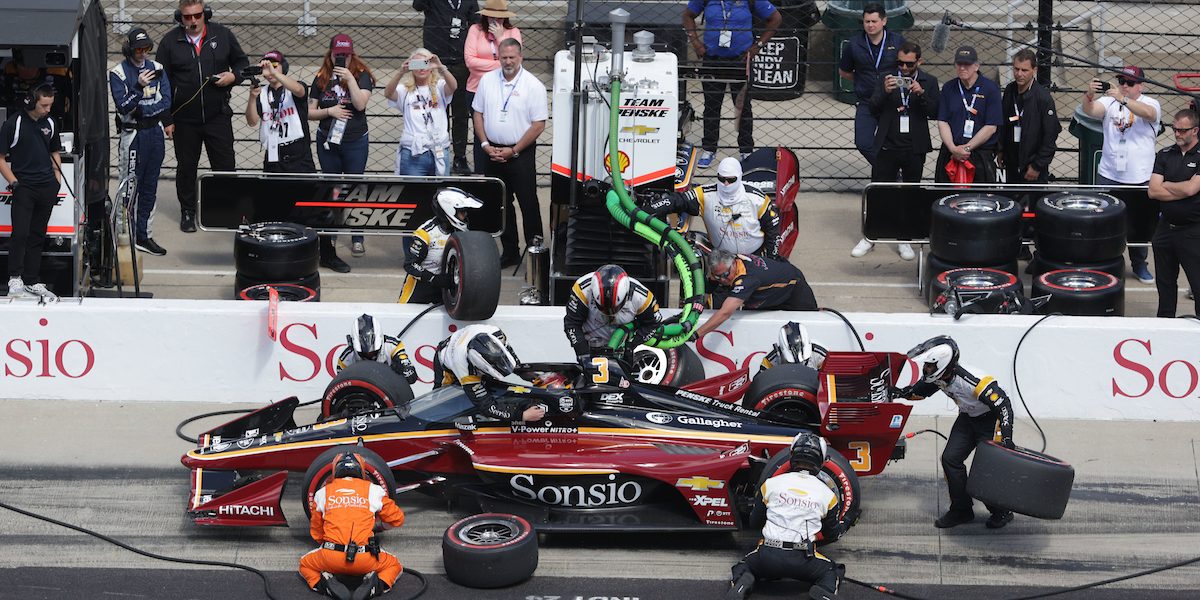
Ever wondered about IndyCar pit stops? We’ll explore how teams plan and carry out these stops. Discover the tactics and secrets behind each crucial pit stop moment.
Table of Contents
The Importance of Preparation and Training
IndyCar teams know that pit stops are key to winning races. They practice their pit stop routines a lot. This makes sure every team member knows what to do perfectly. They aim for quick and smooth pit stops, needing skill and perfect timing.
Practicing is crucial for the pit crew. They practice changing tires and fueling the car. Also, they work out to be fit and sharp. Watching videos helps them spot mistakes and get better at their jobs.
Getting the pit stop timing right is vital in IndyCar. Crews must predict when the car needs to stop. This is based on fuel and tire use, and the race plan. They work fast to do their tasks quickly. This makes sure the car is off the track for as little time as possible.
Training and Skill Development
Each pit crew member is trained hard for their job. Let’s look at what they do:
- Fueler: They carefully put gas in the car, following all rules.
- Tire Changers: They change the tires quickly and right to boost the car’s grip and speed.
- Jack Operator: Using a jack, they raise and lower the car at the pit.
- Wing Adjuster: They tweak the car’s wings for better aerodynamics, as the driver needs.
- Team Manager: The boss of the pit crew, making sure everything runs smoothly.
This training is vital. It sharpens their skills, making sure the pit crew works together smoothly. They are all ready to do their best during a race.
Pit Lane Procedures and Pit Box Setup
In IndyCar, pit stops are a team effort. They require careful planning and timing. The pit crew sets up the pit box for easy access. They make sure it’s clear of any obstacles. This helps things run smoothly during the stop.
The pit crew also keeps an eye on nearby pit stalls. Knowing what’s going on around them is key. It helps them avoid problems and make their stop as quick as possible.
Tire changes and refueling are key parts of a pit stop. Teams work hard to do these quickly and well. They change tires fast to keep the car performing well. The goal with refueling is to do it as fast as they can, so the car isn’t stopped for long.
Sometimes, the car needs a little tune-up during a pit stop. The crew might tweak the car’s design or fix small issues. Thanks to their skill, these adjustments happen fast. This keeps the car performing at its best on the track.
Fast Pit Stops in IndyCar
Speed is everything in IndyCar pit stops. They’re a chance to get ahead in the race. A fast, smooth operation between the crew and driver is vital.
Teams use data to time pit stops just right. They look at tire wear, how much fuel is left, and the track. This helps them pick the best moment to stop. Good decisions here are crucial to how well the stop goes.
Making the pit stop as quick as possible is a big deal. Every second in the pit lane counts. Teams work hard to cut down their stop times. They do this by being super organized and precise. A fast, slick pit stop boosts the driver’s morale and helps the team do better in the race.
To wrap up, pit stops in IndyCar show the importance of teamwork and planning. Getting the pit box and the crew’s area ready is vital. Quick tire changes and refueling are critical too. All of this, when done fast and well, gives teams a real shot at winning in IndyCar.
The Art of Pit Stop Strategy
Pit stops in IndyCar are key moments for teams to shine. It’s not just about refueling quickly or changing tires. These stops are vital chances for teams to take the lead on the track. They require quick thinking and key decisions from everyone involved.
Choosing the right tire type and adjusting the car setup matter a lot. It can mean the difference between first place and falling behind. Teams pick special tires to get a better grip and handle the car well. And they tweak the car setup to boost its speed and control during the race.
Clear communication and smart data use are crucial too. Pit crews talk to drivers to get details on the car’s condition and tire wear. This info helps teams to time their pit stops right and choose the best plan for tires and car setup.
Mistakes in pit stops are not uncommon and can cost a lot. Imagine a simple error creating a slow pit stop. That can be enough to lose a lead. Pit crews must stay super focused to avoid these errors. They need to work perfectly to make pit stops as efficient as possible.
Also, knowing and following the pit lane rules is a must for every pit stop. Teams must smoothly enter and exit the pit lane without any penalties or accidents. This involves sticking to speed limits, safely joining the track again, and listening to what race officials say.
The Impact of Pit Stop Mistakes
Pit stops that go wrong can really change the game. A pit stop taking too long might mean losing places on the track. This affects a driver’s chance of winning or getting on the podium. Also, errors can damage parts or equipment, which is bad news for a team’s success.
A smart and quick pit stop strategy is crucial in IndyCar racing. Teams that do well in the pits and make the right choices have a big advantage. They spend less time in the pit lane and more time showing off their skills on the track.
Summary
Pit stops are much more than a driver stopping for refueling. They are big strategic moments for teams to get ahead. By focusing on tire types, car settings, and using data, teams can make the best decisions. Avoiding mistakes and following pit lane rules are vital. A successful pit stop strategy can change a race, leading to overall success on the track.
The Pit Crew and Pit Box Organization
In IndyCar racing, a pit crew is key to the car’s quick service. Each member plays a specific part. This ensures everything runs smoothly and the car is back on the track as fast as possible.
Pit Crew Roles
The pit crew works like a well-oiled machine. They aim to complete each pit stop without any hitches. Let’s see what everyone does:
| Role | Description |
|---|---|
| Fueler | Responsible for refueling the car during the pit stop. |
| Tire Changers | Change the car’s tires swiftly to minimize time spent in the pit box. |
| Jack Operator | Operates the jack to lift the car, allowing for tire changes and adjustments. |
| Wing Adjuster | Adjusts the car’s wing to optimize aerodynamics during the race. |
| Team Manager | Oversees the pit crew and ensures smooth communication and coordination. |
Each role is vital for a quick and smooth pit stop. The crew’s skill and fast work are crucial for the car’s on-track success.
Pit Box Organization
The pit box is where the pit crew does their magic. It’s set up to keep everything handy for a fast stop. This is how they arrange their space:
- Fuel Area: Designated area for fuel storage and handling.
- Equipment Area: Contains tools and equipment required for tire changes, adjustments, and repairs.
- Communication Area: Space for the team’s communication system, allowing direct contact with the driver.
Smart pit box setup is a game-changer for the pit crew. It cuts down time they spend moving around during the stop.
A well-organized crew and pit box are critical in IndyCar racing. With everyone knowing their role and the pit box set up just right, pit stops are quick and flawless.
The Anatomy of an Indy 500 Pit Stop
The Indy 500 is a top IndyCar race that draws crowds. It’s known for high stakes and excitement. Pit stops are crucial. Teams quickly refuel, change tires, and make repairs, aiming to save every second.
Indy 500 pit stops aim for speeds under 7 seconds. A fast pit stop boosts a driver’s chance. It’s a crucial moment where a lot of planning and teamwork pay off.
At a pit stop, the crew moves at high speed. Everyone has a role, and they work together smoothly. Specially trained people fuel the car fast and precisely, ensuring the driver can keep going.
Changing tires is planned based on the race’s conditions. Crews swiftly swap out old tires for new ones. This helps the car keep its grip and speed on the track.
Sometimes, cars need more than fuel and tire changes. Mechanics check the car, making adjustments quickly. These tweaks help the driver stay competitive.
The Thrill of Indy 500 Pit Stop Timing
Pit stops are as exciting for fans as for the teams. Spectators watch the crew’s teamwork in awe. The fast, precise rhythm of their work is a highlight of the race.
Pit stops are a true teamwork and timing challenge. Every crew member’s quick, precise work is key. Their dedication and skill are on full display during these moments.
Every second at the pit stop is crucial. The crew’s teamwork and skills can determine the race’s outcome. Watching it live, you see not just speed, but the result of years of hard work and sheer passion for the sport.
Conclusion
Pit stop strategy in IndyCar is key and can decide who wins the race. Teams work hard to perfect their pit stops, training their pit crews. A well-done pit stop can give a team a big lead and affect the driver’s performance a lot.
The teamwork between drivers and the pit crew is crucial. Quick thinking and exact actions are needed to have fast and smooth pit stops. Every member must know their job, doing it quickly and accurately, to run pit stops well.
So, pit stops are a critical part of IndyCar racing, not something to forget. They affect the final results greatly. A good pit stop plan and a skilled crew could be the difference between winning or losing. It’s a major factor for teams that want to succeed in IndyCar’s tough competition.






